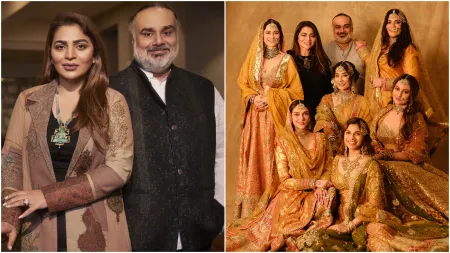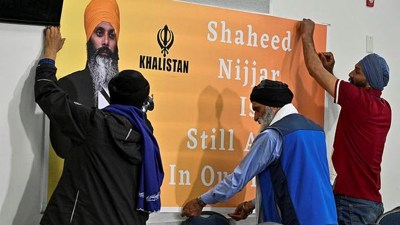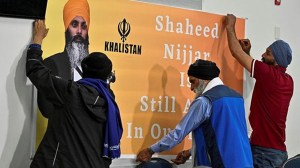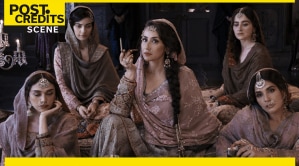- India
- International
What does it take to survive as an outsider in Bollywood?
Even if you find a way into the super exclusive club that is the Hindi film industry, surviving and succeeding demands smart strategising and hustling.
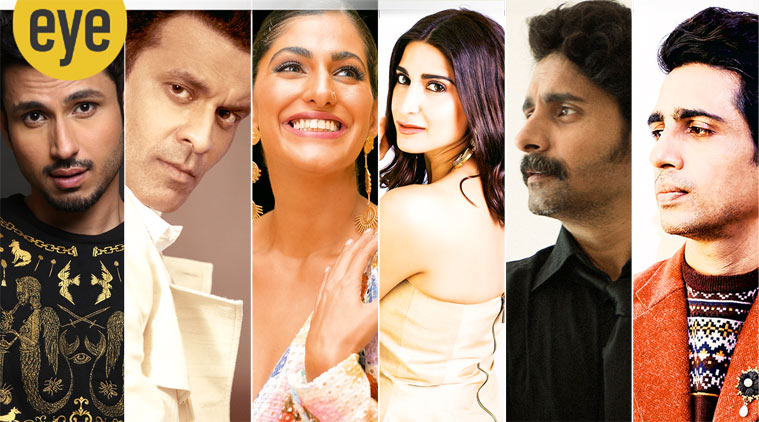 The insider-outsider debate, which has been simmering for the past few years, has flared up again after Sushant Singh Rajput’s death. (Source: Designed by Gargi Singh)
The insider-outsider debate, which has been simmering for the past few years, has flared up again after Sushant Singh Rajput’s death. (Source: Designed by Gargi Singh)
When the film awards season came around in early 2012, Gulshan Devaiah found himself surprisingly ill at ease. The new actor’s performance in his 2011 releases — That Girl in Yellow Boots, Dum Maaro Dum and Shaitan — had, after all, made him a contender for a best debutant award. But at high-profile gatherings, out of the protective shadow of the characters he played, he would be nervous and “sweating buckets”. He found himself squirming during the nomination parties; he was awkward on the red carpet and terrible at small talk. When the party later moved to Shah Rukh Khan’s seaside bungalow, he could barely muster courage to chat with the famous host. “All I wanted to do was go home,” says the actor.
Did Devaiah really want to go home? “No.” The 42-year-old, who shifted to Mumbai from Bengaluru in 2008, had dreamt of being a big screen actor since he was eight. What the actor was seeking is a sense of being “at home” in the industry. “I eventually learned to accept my vulnerabilities and convinced myself that I belong to this world now,” says the actor, who went on to work in Goliyon Ki Raasleela Ram-Leela (2013) and A Death in The Gunj (2017).
 Gulshan Devaiah | 42
Gulshan Devaiah | 42First break: That Girl in Yellow Boots (2011)
breakout role: Shaitan (2011) I high: Mard Ko Dard Nahin Hota (2018)
Only a lucky few make it past the high walls of the super-exclusive club that is the Hindi film industry. But even if you find a way in, surviving and, most importantly, flourishing demands strategising and smart hustling. If you ace it, the rewards are spectacular. “Bollywood is a place where the astonishing can happen. You can start with not affording a bicycle and end up having a private-chartered flight,” says writer-director Vasan Bala.
The late actor Sushant Singh Rajput was a part of a similar fairy tale — till he gave it all up. In a relatively short span of time, he had assembled all the key pieces — popularity, fame, and critical acclaim — to complete the jigsaw puzzle called “success”. Starting as an background dancer in 2005, he made a striking big-screen debut in Kai Po Che (2013), and went on to work with some of India’s top directors — Rajkumar Hirani in PK (2014), Dibakar Banerjee in Detective Byomkesh Bakshy! (2015), Nitesh Tiwari in Chhichhore (2019) and Abhishek Chaubey in Sonchiriya (2019). With MS Dhoni: The Untold Story (2016), he delivered a box-office biggie.

 ‘Bollywood is a place where the astonishing can happen. You can start with not affording a bicycle and end up having a private-chartered flight,’ says writer-director Vasan Bala.
‘Bollywood is a place where the astonishing can happen. You can start with not affording a bicycle and end up having a private-chartered flight,’ says writer-director Vasan Bala.
His death on June 14 has inspired conspiracy theories, public outcry and a scrutiny of the toxic high-stakes game that a film actor inevitably signs up for. The insider-outsider debate, which has been simmering for the past few years, has flared up as well. “People had seen a hero in Sushant, (someone) who rose from amidst them and the passing away of that representation has somewhere left those people angry,” said actor Manoj Bajpayee, Rajput’s co-actor in Sonchiriya, in a recent conversation with filmmaker Shekhar Kapur on Instagram live.
Devaiah calls Rajput’s demise “a wake-up call” for the industry. For days after, actor Aahana Kumra’s mother kept checking if she was all right. “Sushant was as old as me. My mother is still trying to wrap her head around his death,” says the actor who impressed critics in Lipstick Under My Burkha (2016). Amol Parashar, who acted in the web-series TVF Tripling (2016), tweeted, “Young actors are shaken, including me, in a manner and degree that is a little unexpected and unexplained…”
 Aahana Kumra | 35
Aahana Kumra | 35First break: The Blueberry Hunt, shot in 2009 but released in 2016
breakout role: Lipstick Under My Burkha (2016)
upcoming: Khuda Haafiz. (Courtesy: Ruskin Felix)
Bajpayee also pointed out that “the industry not being fair is just the way the world isn’t”. “Disappointment is not something you face only at the entry point. It is an everyday thing,” says Bala. Both Kumra and Parashar believe that those born into the industry have “the privilege of knowledge”. “If my father or uncle had been in the industry, they would have told me about its ways. I would have got a head-start,” says Parashar, who, after moving from Delhi, spent months figuring out how to look for assignments. Sanya Malhotra in the past has spoken about being clueless about auditions and how she had left for Delhi before Dangal (2016) worked out.
Deconstructing the nepotism debate, Bala says the main grouse is the loss of two-three years before someone decides to join the industry and another three-four years spent in securing a footing. “You save those years and enter the industry young if you are an insider. For technicians, it is still okay, but actors lose out on these precious years, since age is crucial for them,” says Bala. Though nepotism exists in every field, it has become glaring in Hindi cinema because of the promise of “insane fame and money involved”, argues Bala, director of Mard ko Dard Nahin Hota. Devaiah says, “Vicky (Kaushal) is not a star kid. However, since his father (stunt director Sham Kaushal) has been part of the industry for 40 years, he is familiar with its ways. Is it bad to have used such an advantage? No. Do you think that the people who are not from star families, do not practise favouritism? You are mistaken.” This is a world where realities are complex.
 Manoj Bajpayee | 51
Manoj Bajpayee | 51First break: Drohkaal and Bandit Queen (1994) I breakout role: Satya (1998) I second coming: Gangs of Wasseypur I (2012)
Tales of dizzying success are a part of Bollywood lore. There are also several instances of downward spirals. Rajesh Khanna had a record 15 hits as a solo hero before he lost his superstar status to Amitabh Bachchan and his career went downhill. Bachchan’s initial run included at least nine flop films (barring Anand, 1971 and Bombay to Goa, 1972) till he stepped into the role of Vijay Khanna in Zanjeer (1973). Such extreme professional unpredictability puts actors through immeasurable stress and strain. “Being mentally fit should be of utmost importance. The mind plays all kinds of games with you. It can make you think that you are greater than everyone or you are lesser than everyone. You must believe that you have some unique qualities and discover that about you,” Bajpayee told The Indian Express. After making his mark with powerful performances in several movies, like Satya (1998) and Shool (1999) and Pinjar (2003), Bajpayee went through a long lull before making a comeback to the big league with Gangs of Wasseypur I (2012) and Aligarh (2015).
Read| Manoj Bajpayee: I was close to committing suicide
There is no taking away from the chancy nature of Bollywood success. Both Kumra and Parashar believe in “luck” and, for them, it loosely translates into “being at the right place at the right time.” Someone had once shown the late Malayalam director Rajesh Pillai a mint ad featuring Parashar, an IIT-Delhi graduate who debuted with Rocket Singh: Salesman of the Year (2009). When Pillai was casting for the Hindi remake of his road thriller Traffic (2011), he asked about “that guy in the ad”. “The casting director happened to know me, and I got a role in the movie. I also acted in Pillai’s Mili (2015),” says Parashar.
 Amol Parashar | 33
Amol Parashar | 33First break: Rocket Singh: Salesman of the Year (2009).
Breakout role: TVF Tripling (2016)
Highs: TVF Tripling Season 2 (2019), upcoming untitled comedy by Vishesh Films, Dolly Kitty Aur Woh Chamakte Sitare
When Kumra first met Alankrita Shrivastava, writer-director of Lipstick Under My Burkha, in early 2014, she could not take up a role as the shooting schedule clashed with that of her TV show Yudh (2014). “Later that year, I got a call for a movie audition and its story sounded familiar. Turns out that the shoot of Lipstick… had been deferred. So, I won’t take away luck,” says Kumra, whose upcoming film Khuda Haafiz will release on Disney+Hotstar this year.
As the feisty Leela of Lipstick Under My Burkha, Kumra found a lot of praise. That, however, did not make getting roles in major projects easier. “In case of big projects, actors are handpicked even before you get to know about the casting. For web-series, we are, at least, called for auditions,” says Kumra, who features in web-series like Rangbaaz (2018) and Betaal (2020). Chandan Roy Sanyal’s breakthrough performance as the volatile Mikhail of Kaminey (2009) got him roles but not the success he was vying for. “After Kaminey, I have not had that kind of successful outing in 10 years even though I have had several interesting projects. Jab Harry Met Sejal (2017) flopped, Jabariya Jodi (2019) did not work and Manto (2018) was an arthouse movie. I am still hanging around,” says the actor, whose film Chippa recently released on Netflix.
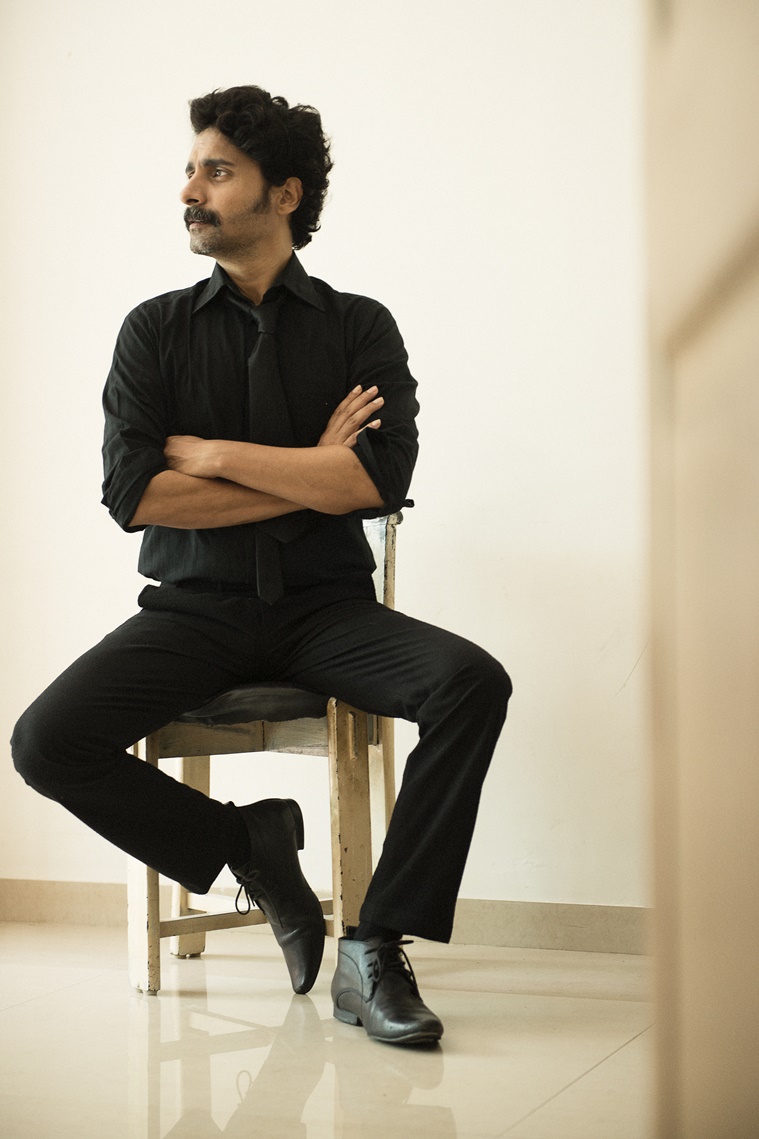 Chandan Roy Sanyal | 40
Chandan Roy Sanyal | 40First break: Rang De Basanti (2006)
Breakout role: Kaminey (2009)
The lows: A period of lull in spite of Kaminey’s success as he was looking for interesting roles.
Highs: Tope (2016), Manto (2018), The Flight (2020)
The industry’s mercurial ways demand that the actors find a way to adapt to the situation. In 2014, Parashar had signed a big studio film. Just two days before its shoot, it was called off. “It took me some days to recalibrate how I had imagined my life was going to be. I acted in the play Postcards from Bardoli and, a year later, got one of the lead roles in TVF Tripling (2016),” says the actor.
Since the business involves so many ifs and buts, Devaiah strongly believes that “hustling” is necessary to stay afloat and, eventually, to grow. Kumra questions the nature of “hustling”. “Does that mean I should go to a film party and have drinks? I won’t be doing that unless I want to have a good time. But I don’t judge those who do it,” she says. Devaiah cites the example of actors who stay in a 1BHK apartment but go around in Audis for which they shell out Rs 75,000 EMI to create a certain perception. “Merit is a perception in the film business. So is your ‘market value’,” he says. But he also points out that many artistes such as Bajpayee, Naseeruddin Shah and the late Irrfan didn’t care about “perceptions”. Instead, they worked on their craft. Bajpayee says, “Early on, I had decided that I was not going to resort to any pretensions but I would solely use the skill and craft that I have. I made it clear that going to parties and sucking up to anyone was not my scene. I wanted to be known for my performances.”
While the “insider-outsider” problem can’t be wished away, being bitter is not the solution. “If you keep thinking that the world is unfair to me, then you can’t get anything done,” says Bala. He examines this debate from another point of view. “The previous generation of filmmakers sold their houses and jewellery to make movies. They have seen the bad times together. So, they will remain a close unit,” he says. Kumra echoes that. “They have been attending each other’s birthday parties. I can’t be a part of their core group,” she says.
 ‘You name any actor today and if they say they were not part of competition or rejection, I would say they are lying,’ says Paragg Mehta, casting director for Bajirao Mastani (2015) and upcoming Laxmmi Bomb.
‘You name any actor today and if they say they were not part of competition or rejection, I would say they are lying,’ says Paragg Mehta, casting director for Bajirao Mastani (2015) and upcoming Laxmmi Bomb.
The world of Hindi cinema, however, has always welcomed outsiders since the pre-independence era. For generations, outsiders — from Dilip Kumar, Balraj Sahni, Amitabh Bachchan, Shatrughan Sinha, Shah Rukh Khan, Nawazuddin Siddiqui to Priyanka Chopra, Anushka Sharma, Kangana Ranaut — have given it new lifeblood, and have been rewarded by being anointed stars. “In the ’90s, only a certain kind of NRI-pleasing stories were told. Today, there are many opportunities to act and make movies. However, if you are seeking a Dharma Productions validation, then that’s your problem,” says Bala. Devaiah agrees: “You have to understand the Hindi film industry is not a placement agency.”
Emcee-turned-actor Kubbra Sait gave up her corporate job and moved to Mumbai at the age of 27. “One can’t aspire to be a painter yet keep using crayons. You should be willing to learn and expand your horizon,” says Sait. She, however, says that the word “system” bothers her. “A system is for machinery not artists. Don’t bind us in a system. Build a culture,” says the Sacred Games actor. Sait recalls VJ and actor Cyrus Sahukar once telling her: “Why are you trying to run a sprint when you are here for the marathon?”
 Kubbra Sait | 36
Kubbra Sait | 36First break: Ready (2011), she had two scenes and three lines I breakout role: Sacred Games (2018) I Most recent role: Jawaani Jaaneman
Rejections are common in the industry. The key is to focus on the craft. “You name any actor today and if they say they were not part of competition or rejection, I would say they are lying. What motivates an actor to keep going even after so many rejections is the willpower. Pankaj Tripathi and Mohammed Zeeshan Ayyub are shining today because of their perseverance and craft,” says Paragg Mehta, casting director for Bajirao Mastani (2015) and upcoming Laxmmi Bomb.
Having a support system helps. “At times, I reach out to Chandan, with whom I have done plays,” says Parashar. For Roy Sanyal, a group of theatre actors works as a support group. But friendship, too, can be put to test. “Once two friends auditioned for the same role. One didn’t tell the other about it. It became awkward when that person got the role,” says Devaiah. Kumra learnt her lessons early. “If you think outsiders stick to each other, that’s not true as they compete for the same roles,” she says.
For Sait, wisdom is learning to dust yourself off every time you are slammed to the ground. “There is a dark tunnel out there,” warns Kumra. “Lots of people are trying to find their way through the darkness. You should find people who can hold your hand and not let go of them,” she says.
Buzzing Now
May 04: Latest News
- 01
- 02
- 03
- 04
- 05









